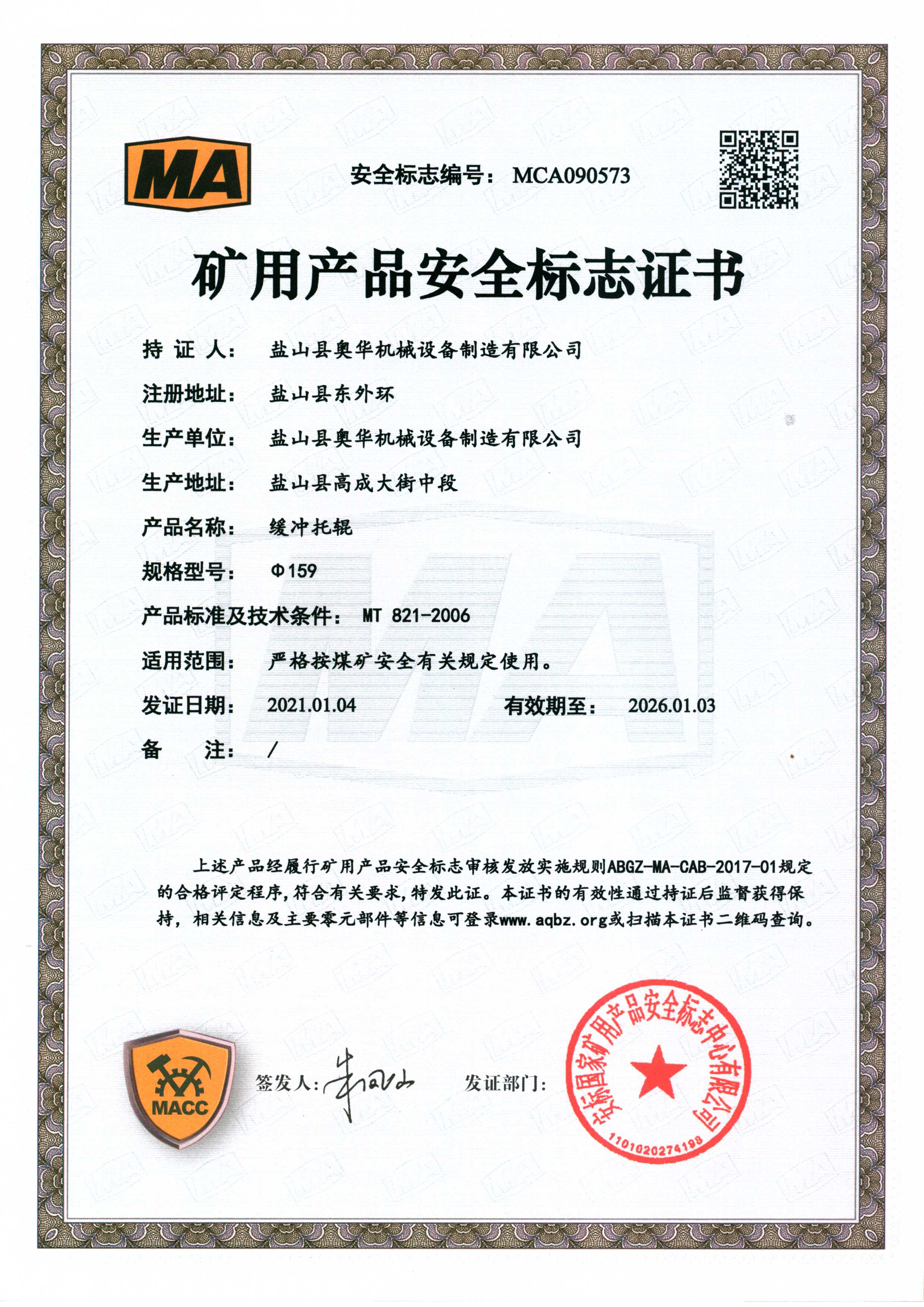 Afrikaans
Afrikaans  Albanian
Albanian  Amharic
Amharic  Arabic
Arabic  Armenian
Armenian  Azerbaijani
Azerbaijani  Basque
Basque  Belarusian
Belarusian  Bengali
Bengali  Bosnian
Bosnian  Bulgarian
Bulgarian  Catalan
Catalan  Cebuano
Cebuano  Corsican
Corsican  Croatian
Croatian  Czech
Czech  Danish
Danish  Dutch
Dutch  English
English  Esperanto
Esperanto  Estonian
Estonian  Finnish
Finnish  French
French  Frisian
Frisian  Galician
Galician  Georgian
Georgian  German
German  Greek
Greek  Gujarati
Gujarati  Haitian Creole
Haitian Creole  hausa
hausa  hawaiian
hawaiian  Hebrew
Hebrew  Hindi
Hindi  Miao
Miao  Hungarian
Hungarian  Icelandic
Icelandic  igbo
igbo  Indonesian
Indonesian  irish
irish  Italian
Italian  Japanese
Japanese  Javanese
Javanese  Kannada
Kannada  kazakh
kazakh  Khmer
Khmer  Rwandese
Rwandese  Korean
Korean  Kurdish
Kurdish  Kyrgyz
Kyrgyz  Lao
Lao  Latin
Latin  Latvian
Latvian  Lithuanian
Lithuanian  Luxembourgish
Luxembourgish  Macedonian
Macedonian  Malgashi
Malgashi  Malay
Malay  Malayalam
Malayalam  Maltese
Maltese  Maori
Maori  Marathi
Marathi  Mongolian
Mongolian  Myanmar
Myanmar  Nepali
Nepali  Norwegian
Norwegian  Norwegian
Norwegian  Occitan
Occitan  Pashto
Pashto  Persian
Persian  Polish
Polish  Portuguese
Portuguese  Punjabi
Punjabi  Romanian
Romanian  Russian
Russian  Samoan
Samoan  Scottish Gaelic
Scottish Gaelic  Serbian
Serbian  Sesotho
Sesotho  Shona
Shona  Sindhi
Sindhi  Sinhala
Sinhala  Slovak
Slovak  Slovenian
Slovenian  Somali
Somali  Spanish
Spanish  Sundanese
Sundanese  Swahili
Swahili  Swedish
Swedish  Tagalog
Tagalog  Tajik
Tajik  Tamil
Tamil  Tatar
Tatar  Telugu
Telugu  Thai
Thai  Turkish
Turkish  Turkmen
Turkmen  Ukrainian
Ukrainian  Urdu
Urdu  Uighur
Uighur  Uzbek
Uzbek  Vietnamese
Vietnamese  Welsh
Welsh  Bantu
Bantu  Yiddish
Yiddish  Yoruba
Yoruba  Zulu
Zulu Understanding the Functionality and Importance of Conveyor Belt Pulleys in Material Handling Systems
Understanding Conveyor Belt Pulleys A Key Component of Material Handling Systems
Conveyor belt systems are an indispensable part of modern industrial operations, facilitating the efficient movement of goods and materials across various processes. At the heart of these systems lies the conveyor belt pulley, a crucial component that ensures the smooth operation and reliability of the entire conveyor system. In this article, we will explore the various types of conveyor belt pulleys, their functions, and their significance in material handling applications.
Types of Conveyor Belt Pulleys
Conveyor belt pulleys are categorized into several types, each serving a specific purpose within the conveyor system. The main types include
1. Drive Pulleys These pulleys are powered by a motor and are responsible for driving the conveyor belt forward. They provide the necessary tension on the belt and facilitate its movement through the system.
2. Tail Pulleys Positioned at the opposite end of the drive pulley, tail pulleys help maintain the tension of the belt and support its return path. They are essential for ensuring the belt runs smoothly and efficiently.
3. Idler Pulleys These pulleys do not drive the belt but play an important role in supporting it along the conveyor path. Idler pulleys help in maintaining belt alignment and tension, reducing wear and tear on the belt.
4. Snub Pulleys These are used to increase the angle of wrap around the drive pulley, thereby enhancing the grip and ensuring better traction. Snub pulleys are particularly useful when the conveyor requires a tight fit to overcome slippage.
5. Take-Up Pulleys These are adjustable pulleys that help in maintaining the appropriate tension on the conveyor belt. They are crucial for compensating for belt stretch and wear over time, ensuring continuous operation without disruptions.
Functions of Conveyor Belt Pulleys
conveyor belt pulley

The primary function of conveyor belt pulleys is to facilitate the movement of the conveyor belt. However, their roles go beyond basic transportation. The key functions of conveyor pulleys include
- Tension Regulation Pulleys help regulate the tension of the conveyor belt, ensuring that it is neither too loose nor too tight. Proper tension is vital for the longevity of the belt and for preventing operational issues.
- Belt Alignment By supporting the belt in various areas, pulleys help maintain alignment throughout the conveyor system. Misalignment can lead to increased wear, belt damage, and potential downtime.
- Load Distribution Pulleys help distribute the load evenly along the conveyor belt, preventing localized wear and potential failure. This distribution is crucial for the overall efficiency and reliability of the conveyor system.
- Energy Transfer Drive pulleys are integrated with motors, transferring energy to the belt to facilitate movement. The efficiency of this energy transfer is critical to the overall energy consumption of the material handling operation.
Importance in Material Handling
The efficiency and reliability of conveyor belt pulleys can significantly impact productivity in various industries, from manufacturing and mining to logistics and distribution. Inadequate pulley systems can lead to operational downtime, increased maintenance costs, and decreased throughput.
Furthermore, the selection of appropriate materials and designs for pulleys is essential for specific applications. For example, pulleys exposed to harsh environments may require corrosion-resistant materials, while heavy-duty operations necessitate robust and durable designs.
In conclusion, conveyor belt pulleys are vital components of conveyor systems, contributing to their overall functionality, efficiency, and reliability. Understanding the different types of pulleys and their roles can help businesses optimize their material handling processes, reduce operational costs, and improve productivity. As industries continue to evolve, the innovation and improvement of conveyor belt pulleys will remain central to the future of material handling solutions.
-
Revolutionizing Conveyor Reliability with Advanced Rubber Lagging PulleysNewsJul.22,2025
-
Powering Precision and Durability with Expert Manufacturers of Conveyor ComponentsNewsJul.22,2025
-
Optimizing Conveyor Systems with Advanced Conveyor AccessoriesNewsJul.22,2025
-
Maximize Conveyor Efficiency with Quality Conveyor Idler PulleysNewsJul.22,2025
-
Future-Proof Your Conveyor System with High-Performance Polyurethane RollerNewsJul.22,2025
-
Driving Efficiency Forward with Quality Idlers and RollersNewsJul.22,2025





























